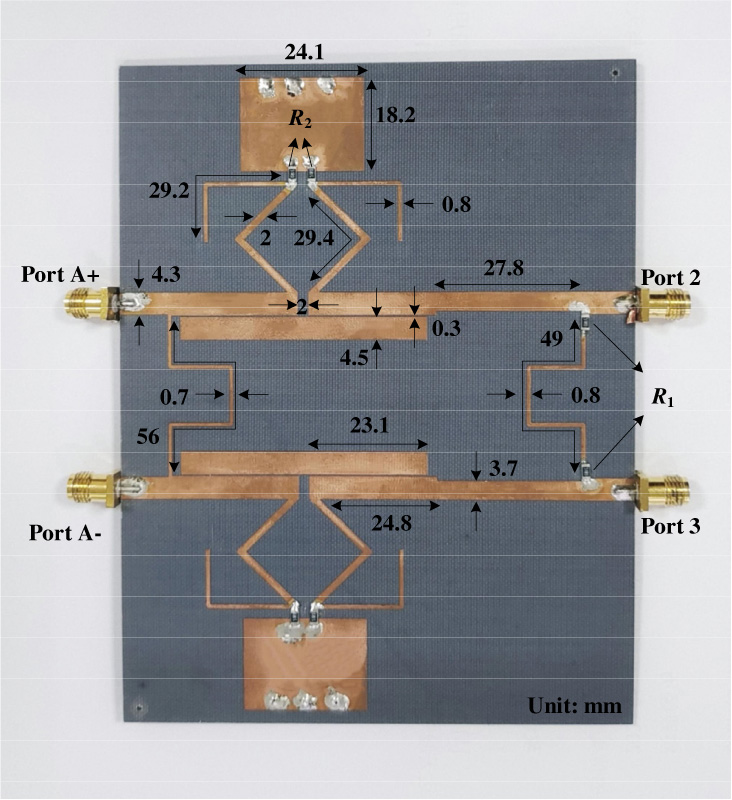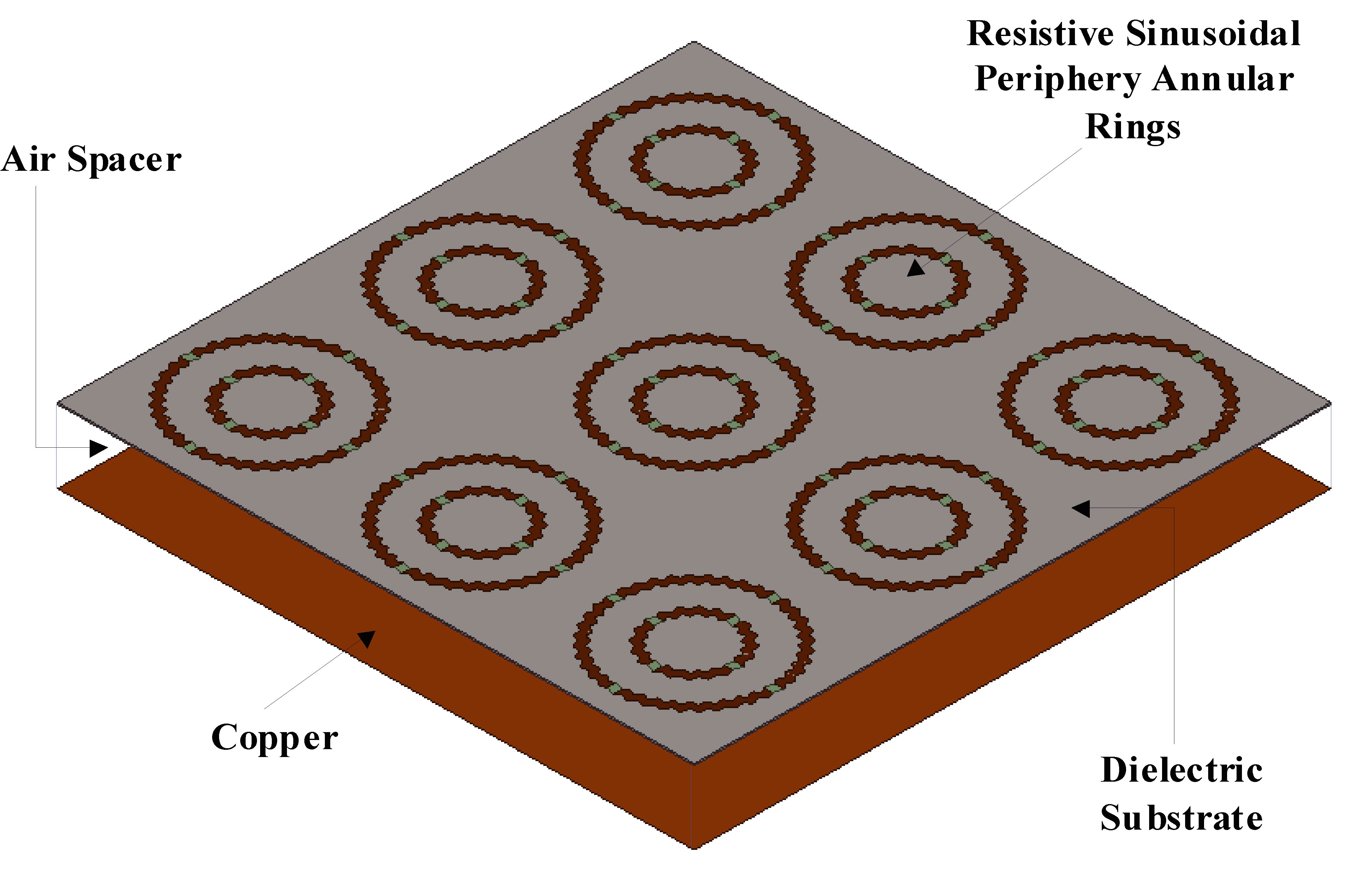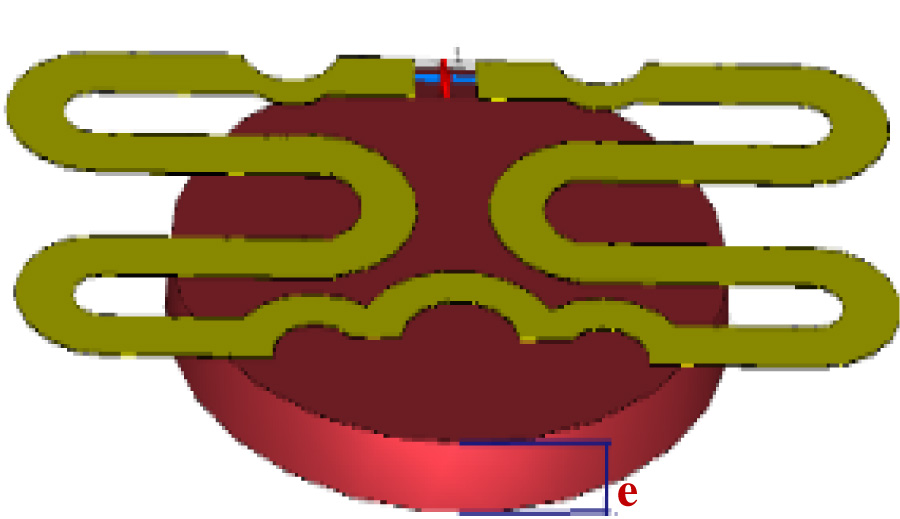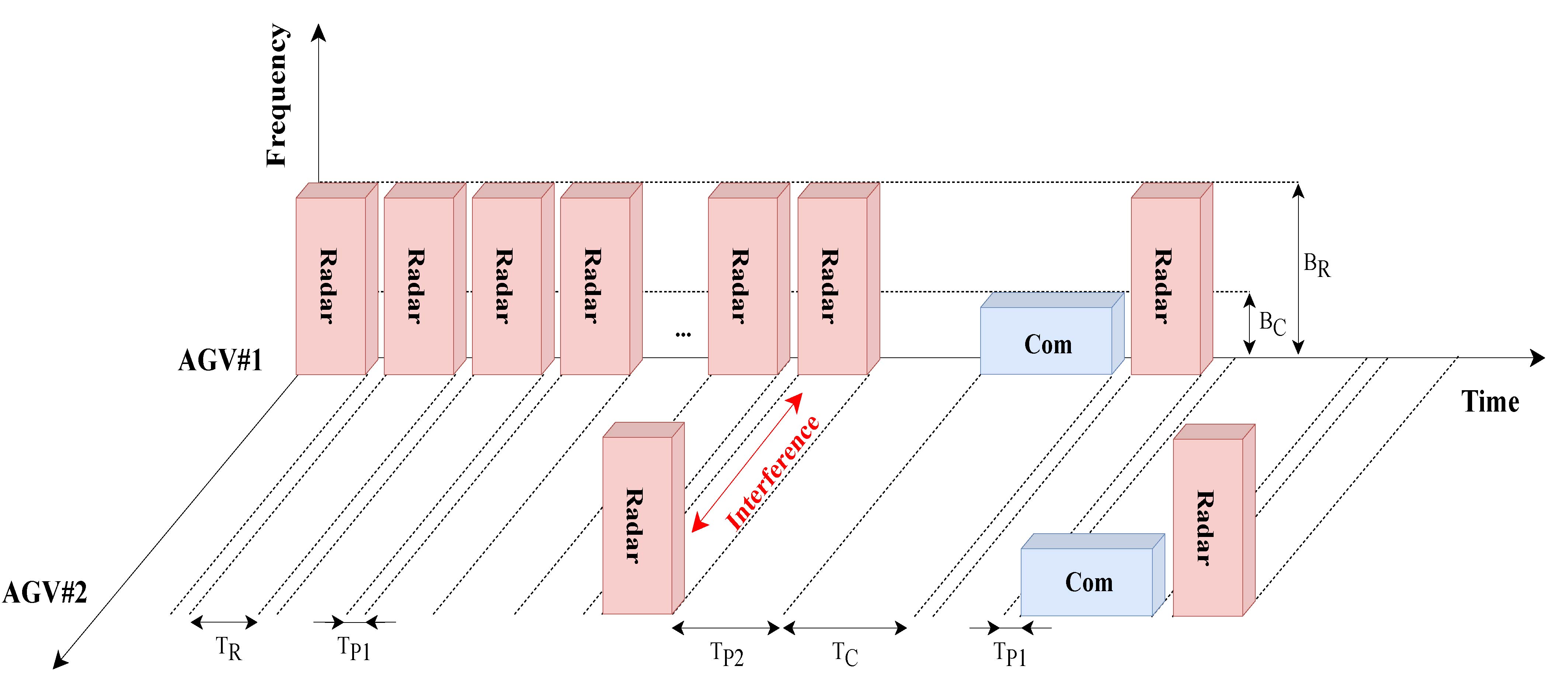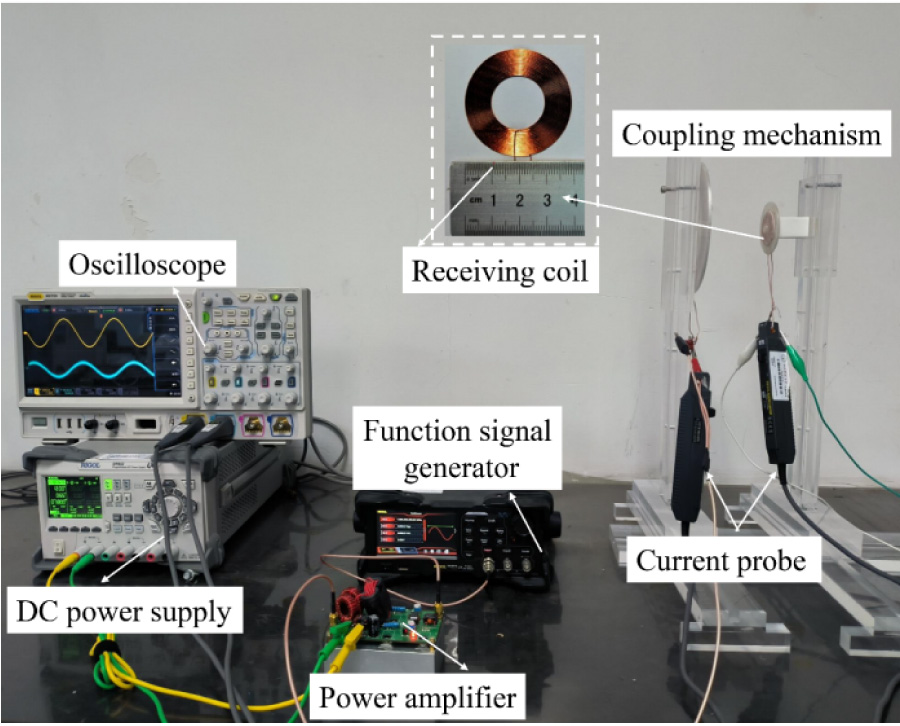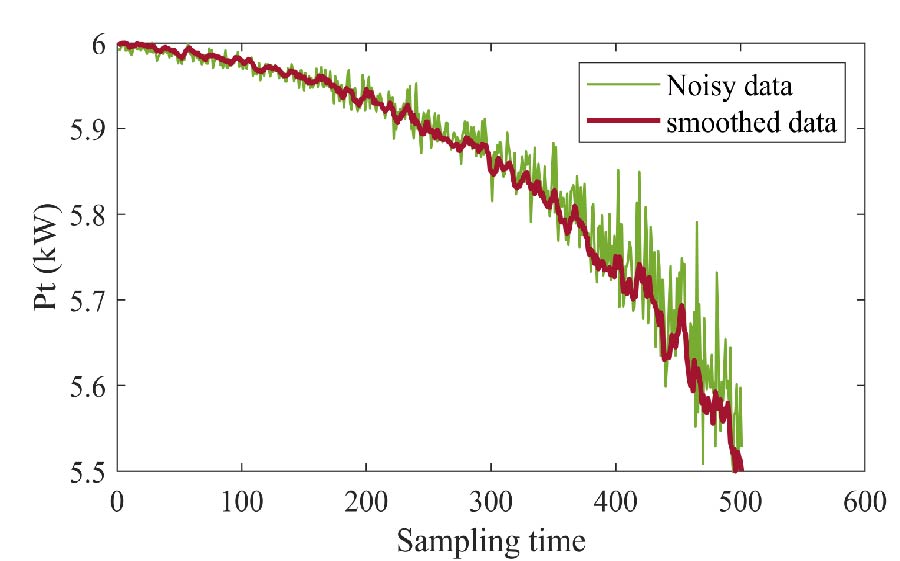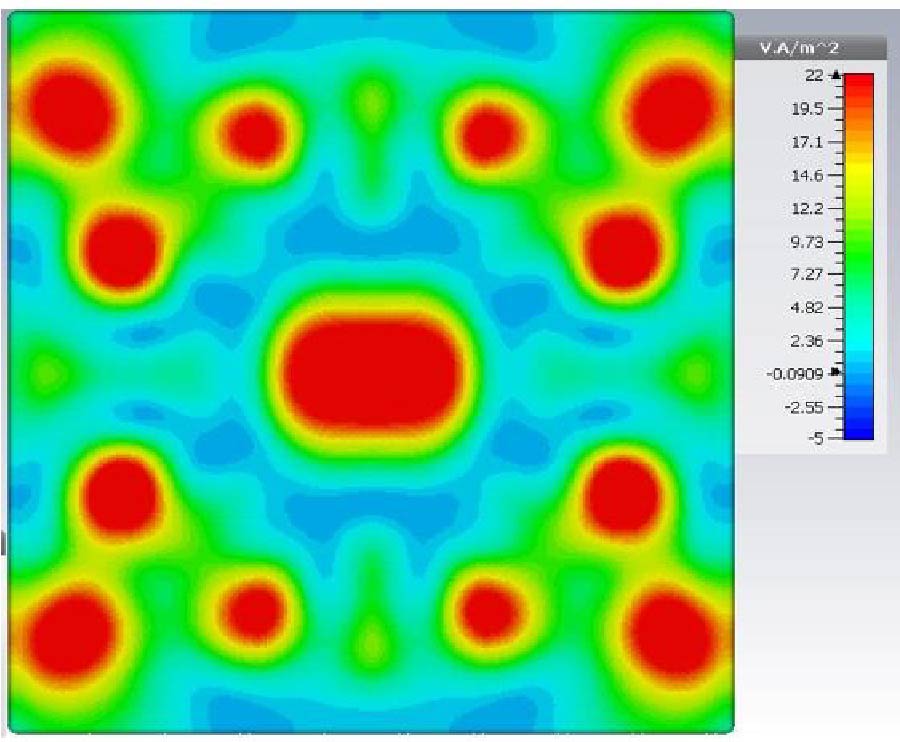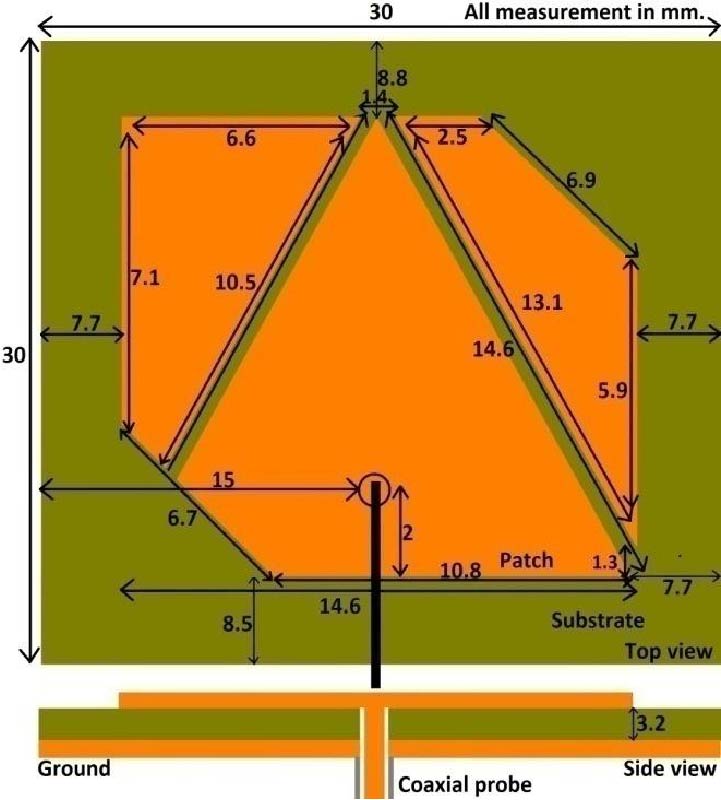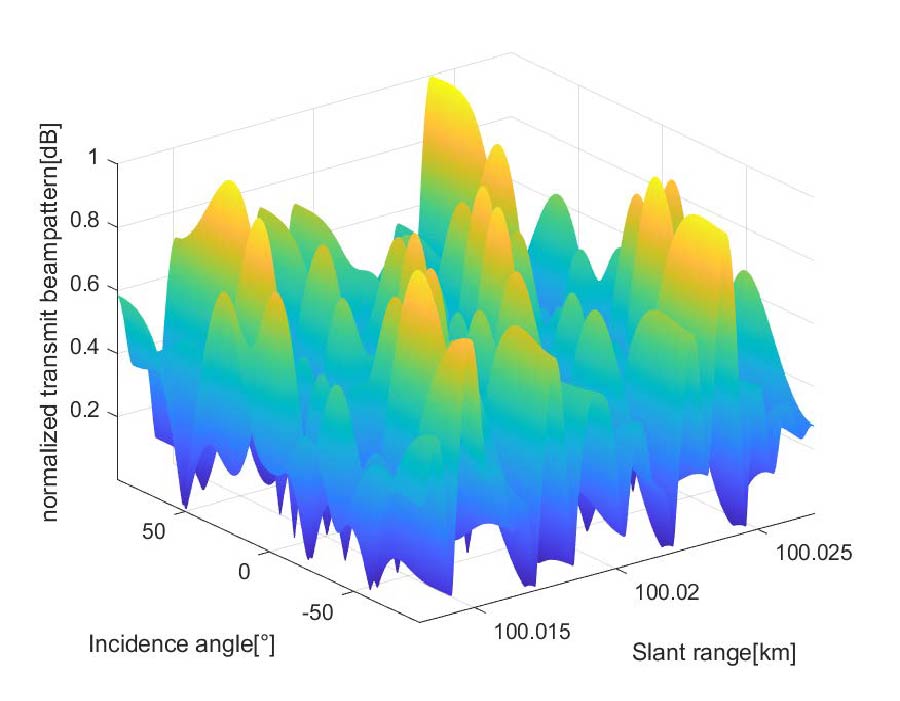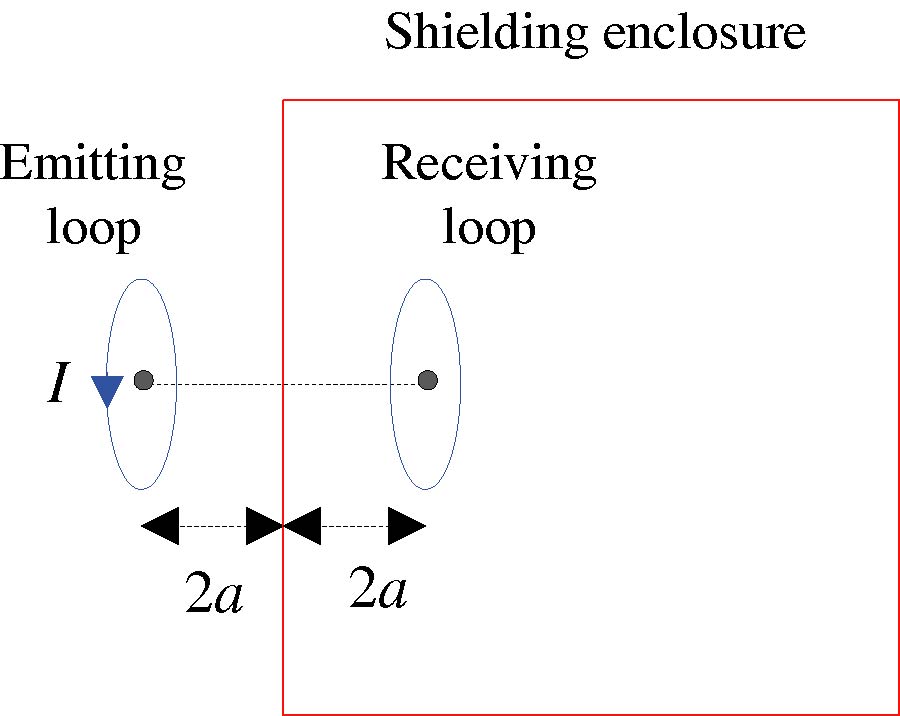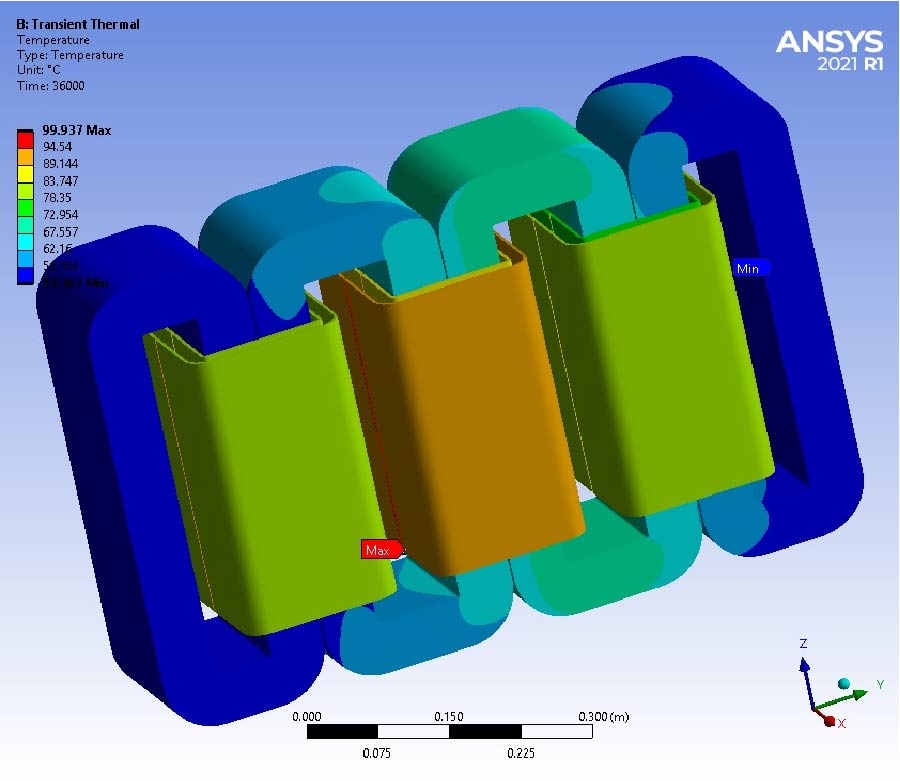Leaky Mode Analysis of Solid Dielectric Horn Antenna
Shreya Sudhakaran Menon
,
Shubham Kalra
,
Surya Kumar Pathak
,
Nalesh Sivanandan
and
Supriya M. Hariharan
Solid dielectric horn antennas have a directional radiation pattern and high gain. However, even when a solid dielectric horn antenna is excited with the fundamental mode metallic waveguide, there is a possibility that higher order modes in the guided region will be generated. Also, the energy can leak from the normal direction to the dielectric horn generating a leaky mode. It is one of the reasons that higher-order guided modes and leaky modes analysis of horn becomes important. In this paper, propagation characteristics for solid dielectric horns are derived and computed for fundamental and higher-order guided and also leaky modes in a solid dielectric horn antenna. We have also analyzed the radiation characteristics of the leaky mode and guided mode of a solid dielectric horn. Finally, radiation equations for a solid dielectric horn antenna that were deduced earlier by some of the authors, but omitted for brevity are given and compared with numerical and measured results. These results have been further verified by comparing them with the already reported literature on guided mode radiation characteristics of the solid dielectric horn. From the plotted graphs given in the paper, we can infer that the proposed propagation constant equations and radiation equations predict dispersion characteristics and the radiation pattern of guided and leaky modes well, respectively.
